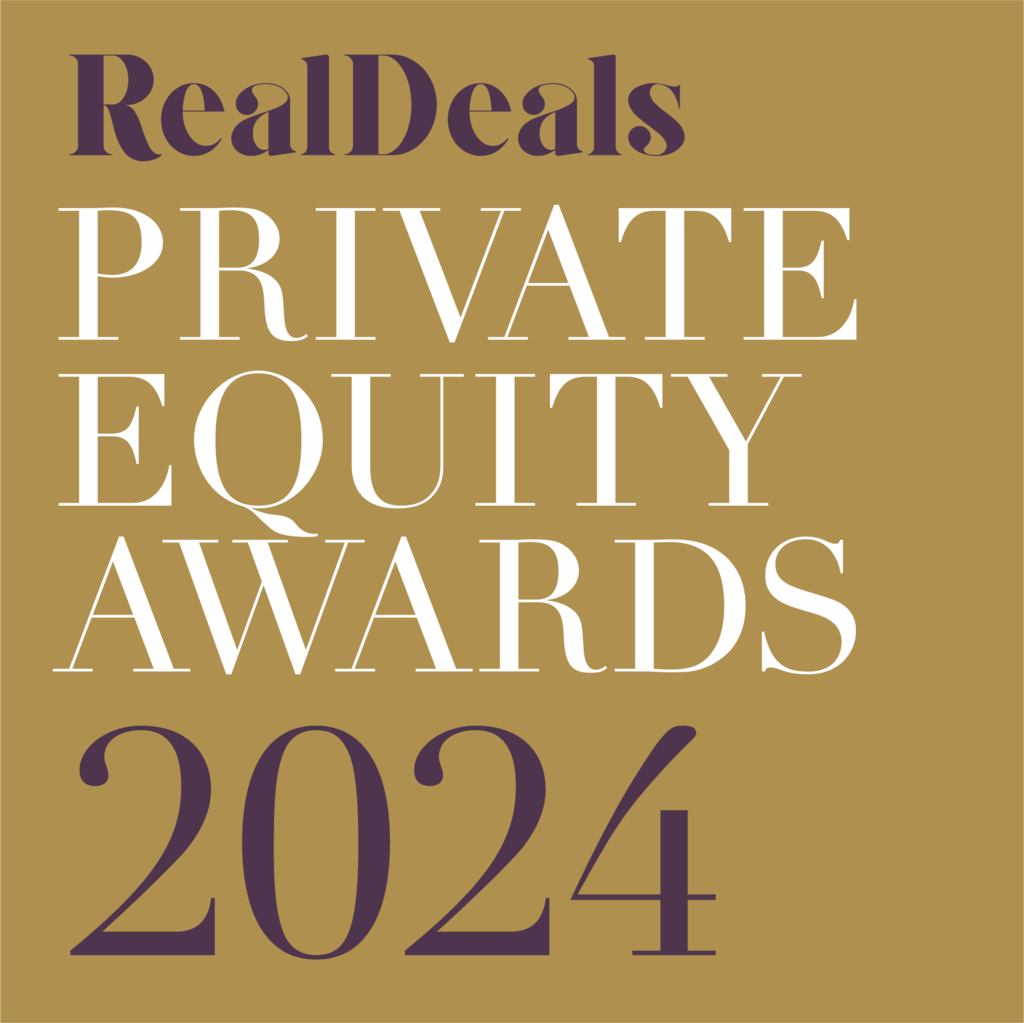
How can the private equity mid-market get the most out of its existing portfolio?

By Claire Holland, Adam McKenna
17 Oct 2023 | 3 minute read
This piece of content was originally written for Real Deals midmarket report 2023, which can be accessed here.
Foot Anstey’s Claire Holland, employment partner, and Adam McKenna, corporate partner, look at how the private equity mid-market can get the most out of its existing portfolio, the challenges that come with this and the importance of preparing for the future.
What are the key considerations when looking at a buy-and-build strategy? When looking to grow through acquisition, it is crucial to ensure that your target business aligns with your strategic and operational objectives.
From the outset, you will need to identify the primary drivers, whether it be increasing market share, broadening reach into a new market or scalability through driving synergies and efficiencies.
In the past 12 months, we have seen an increased focus on post-acquisition integration to create value from bolt-on acquisitions. Post acquisition work should begin well in advance of binding bids being approved, ensuring that integration is a prime focus and that results are delivered by the time your business returns to business as usual.
Employment Partner, Claire Holland
What are the main challenges and how can these be managed?
There is so much valuable information that can be gathered from the due diligence process. This information should be centralised and easily accessible to both sides to allow greater transparency, as well as introduce cooperation with the sell-side and buy-side teams to avoid duplication of work and allow faster absorption of information.
The identification of key risk areas through due diligence – and early engagement post acquisition to prioritise and address these risk areas – will put the business on track to realise synergies and to drive positive behaviour.
Formulating a detailed integration plan prior to the completion of a transaction will also help in ensuring any performance milestones or restrictions as part of the deal are viewed through a post-acquisition lens, particularly if you have an agreed earn-out or deferred consideration payment structures.
If the value of the business sits in the opportunity to integrate, these payment structures may create an inherent conflict between the buyer and the seller. Those benefiting from earn-outs usually have a vested interest in maintaining the separate economic identity of the target business, which can slow down the required synergies, so consideration should be given to how best to extract value from the business in these circumstances.
It's also important to remember that most businesses are only as good as their people, so it's important to do your due diligence not only on the financial and legal aspects of the deal, but in understanding the relationships and dynamics within the business. Cultural differences can cause tension and conflict when two organisations come together, and can create a sense of uncertainty and instability among employees. These differences need to be recognised and acknowledged, with an emphasis on the need to work together to create a unified culture that reflects the best of both organisations. In doing this, your people will feel like they are part of the journey towards a bigger and better integrated business, and will be invested in the process.
How do you work with clients to manage their portfolios to create value with a view to exit?
There are many ways we do this. We provide advice and support to clients on all aspects of integration, from corporate restructurings and change management, to implementing cost saving measures to improve overall efficiency and drive profitability. We work with clients to understand their aims and objectives so we have a clear picture of how these will be achieved, so that expectations and communications can be managed consistently from the outset.
For example, if there is already a need to streamline resources and manage the business in a more cost-effective way, it may be better to do this as a separate exercise prior to any integration, to minimise the risk further down the line.
Partner, Adam McKenna
We also have a management development training programme designed to bring about real change in the business by addressing the challenges of differences in culture as well as linking strategic direction, internal processes, good practice and collaboration. Risk and compliance may not be the most exciting part of PE portfolio management but it is an essential component of a successful portfolio, particularly when getting ready for exit.
We have developed our own governance reporting information portal (GRIP), which is a Foot Anstey Ingenuity product and ‘one-stop shop’ where you can monitor your portfolio, track the performance of individual companies, and access relevant compliance documents, all at the click of a button. This has been an invaluable tool for clients in monitoring, streamlining and satisfying the legal and compliance obligations of their portfolios.
To find out more get in touch with Claire and Adam:















